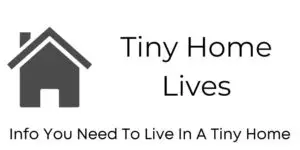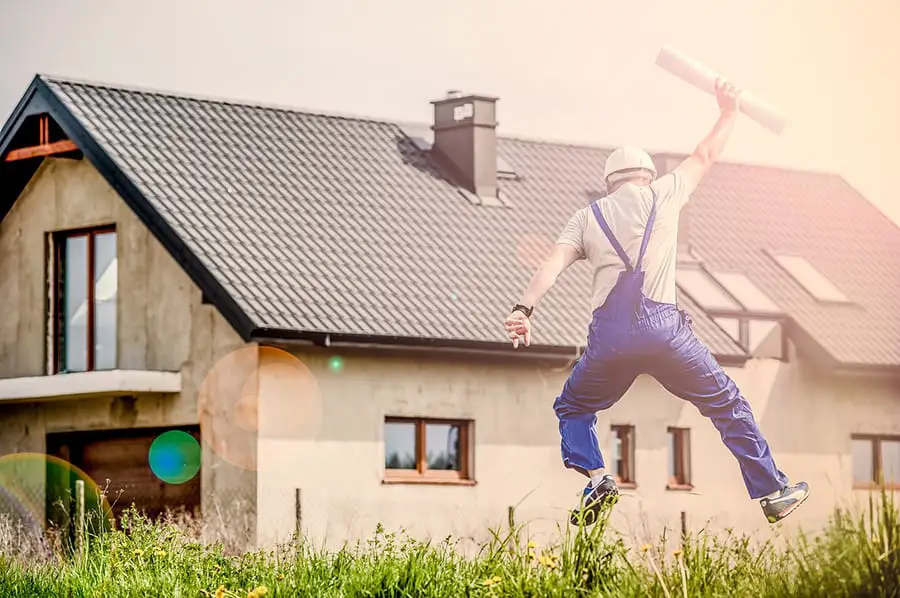Table of Contents
*This post may contain affiliate links. As an Amazon Associate we earn from qualifying purchases.
Often in life, it feels like outside pressures are always pushing us to be bigger and do more. The tiny house movement rejects this idea with the simple belief that sometimes less is more. More and more homeowners are making the decision to buy a tiny house for their next home. By making the transition to a simpler, smaller house, owners simplify their lives.
Unfortunately, many first-timers don’t find the transition to be an easy one. With the vast majority of homes on the market falling well outside the bounds of tiny house living, it can be hard to know where to start in your search. That’s where we come in. Whether you’re looking to purchase an existing home or build your own, we have everything you need to buy a tiny house.
What Is a Tiny House?
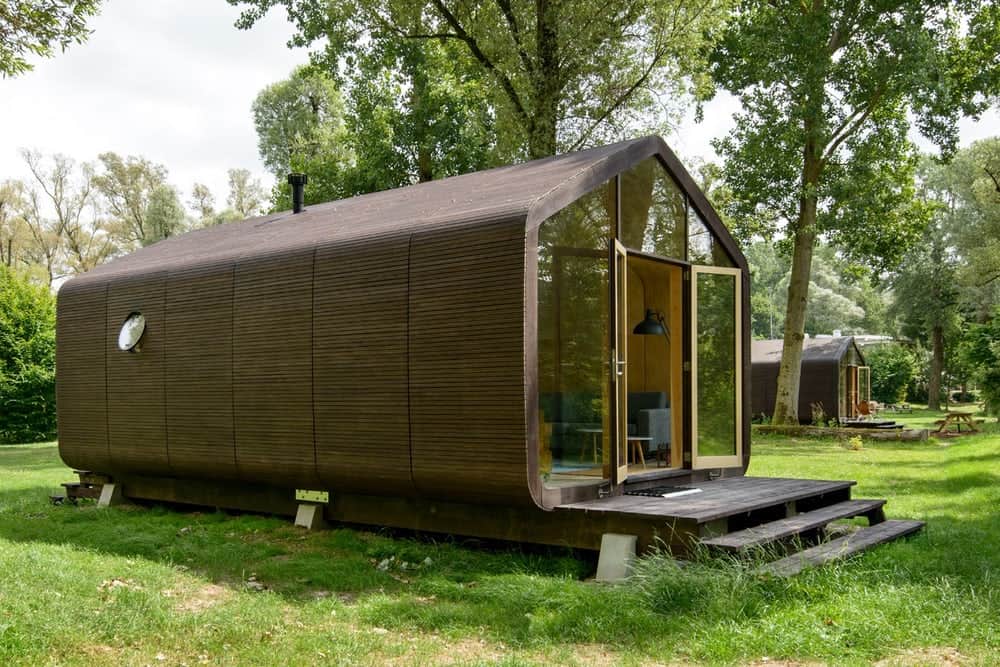
Defining a “tiny house” is a task both simple and complicated. On a simple level, a tiny house is exactly what it sounds like — a small home. Where it gets a bit more nuanced is that there is no accepted standard for what exactly classifies a house as tiny. Although not everyone agrees on what precisely qualifies a home as a tiny, a good estimate for maximum size is between 400 and 500 square feet.
With such a large step down in size from a standard home, even a small one, this comes with trade-offs. A tiny house prizes efficient use of space. Whether that means furniture that folds away or bedding that doubles as a recreation area during the day, with a tiny house, everything takes up only as much space as is absolutely necessary. This allows for maximum utility in a minimal space, so you get much more bang for your buck.
Benefits When You Buy a Tiny House
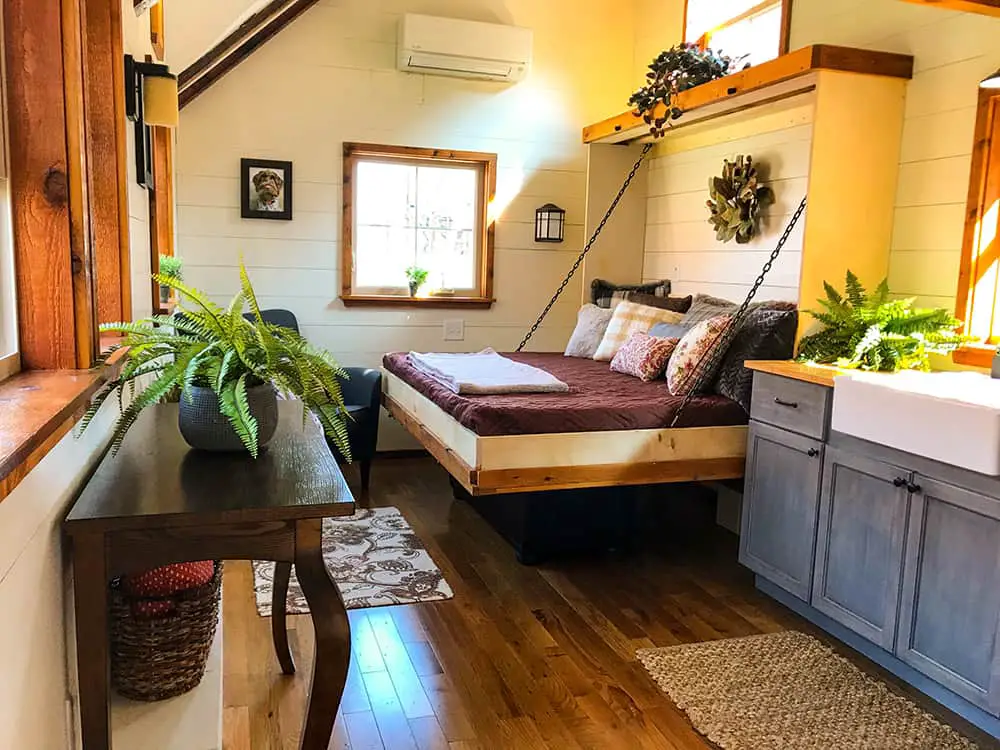
It’s normal to recoil initially at the idea of living in such a small home. While the change may be shocking at first, there are so many benefits when you buy a tiny house. From saving money to simplifying your life, a tiny home can change your life.
It costs less to buy a tiny house
The most obvious benefit to choosing to buy a tiny house is the upfront costs. By greatly reducing the size of your home, you get significant savings on overall cost. The amount of money you need to save in order to get financing is much lower. If you’ve already been saving for a more traditional home, you may even be able to cover the entire cost of your new tiny house at closing, meaning you remove the specter of a mortgage hanging over your head after you move in.
Monthly expenses are lower
Moving into a tiny home reduces your monthly costs. With a lower purchase cost, your mortgage is reduced or non-existent. Taxes are also lower on a smaller tiny house. Keeping your tiny house at a comfortable temperature and well lit takes a fraction of the work. This means you pay less every month for your electric and other household costs. When you add all the savings together, choosing to buy a tiny house saves you an incredible amount every year.
Keep it simple
The primary drawback of moving into a tiny house is the lack of space, but it’s also a benefit. In order to get your life to fit into a tiny house, you must make some difficult choices. Once it is behind you, however, the reduction of things you didn’t really need makes for a less stressful life. Getting rid of the clutter of your life, and keeping only what you really need, allows you to focus on what really matters to you.
Minimize your ecological footprint
If living green is important to you, then a tiny house holds a great deal of appeal to you. When you buy a tiny house instead of a standard house, you significantly reduce your impact on the environment. In addition to taking up less space, reducing your physical footprint on the natural environment, and by using fewer resources in both the construction and daily operation of your home, you further reduce both your immediate and long-term negative impact on nature.
Maintenance made easy
Less house means less housework. Keeping your tiny house tidy and clean is a breeze compared to life in a larger home. You’ve already reduced your possessions, so there’s less to be out of place. A smaller home doesn’t have as many surfaces to dust and wash, either. Even your exterior work is reduced a great deal, as there’s simply not much roof or siding to worry about.
Get up and go
Many tiny houses are built to be easily mobile. As they commonly can fit on the back of a trailer, owners who love their homes but need to move simply load up their houses and take them with them. You can’t beat the versatility of being able to move your entire home with you wherever you go.
Types of Tiny Houses
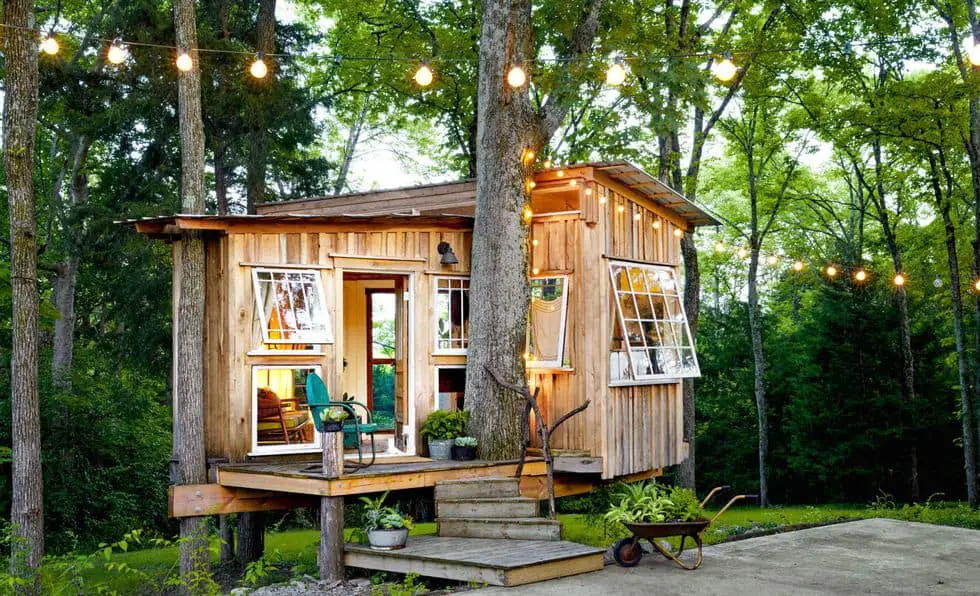
Just because your house is tiny doesn’t mean it can’t be unique. From log cabins to modern designs, there’s no limit to the style of tiny house you want. When choosing to buy a tiny house, however, there are several different approaches you can take.
Prefabricated tiny houses
The simplest approach to getting a tiny house is to purchase a prefabricated model. Prefabricated tiny houses arrive fully constructed, or in just a few pieces. Construction costs are greatly reduced as the homes that do require final assembly can be completed in just a day or two.
Follow the plan
Whether you enjoy the experience of building yourself or know a quality contractor you can count on, purchasing plans allows you to get a tiny house not available in prefabricated form without having to pay for an architect. There are many different plans available so no matter what you’re looking for, there’s a plan for you.
Do what you want
Sometimes you just want things to be exactly the way you want them. In that case, your best bet is to design your own custom tiny house. Fortunately, with the savings you are getting when you buy a tiny house, you can invest in a quality architect to deliver a plan that includes everything you want in your tiny house.
Containers aren’t just for shipping
If you’ve ever seen a cargo ship loaded up with freight containers, you likely weren’t thinking “I’d love to live in there.” And yet, despite their most common use, containers are also an excellent material for building a home. They are particularly popular in the tiny house community, as just one or two containers can be used for your entire home. Once the interior is designed, and you apply standard exterior housing to the outside of the container, you’d never know its origin. Homeowners get a quality home for a fraction of the cost.
What to Consider When Choosing Your Tiny Home
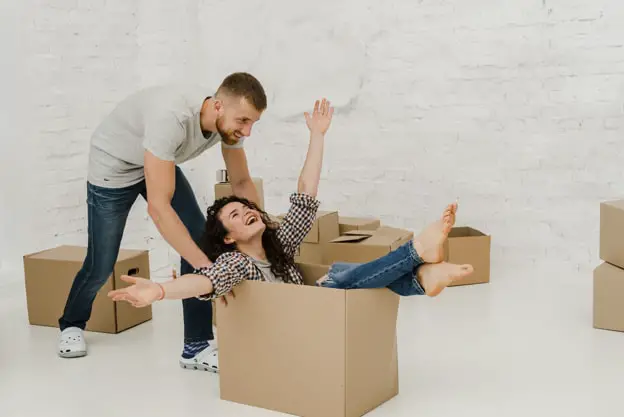
Making the change to a tiny house is a big decision (pun intended), and should not be made rashly. It’s important to consider all factors when deciding to buy a tiny house. This ensures you don’t move into your tiny home only to find yourself missing your old lifestyle in a few months.
Is tiny living for you?
It is absolutely essential that you make an honest assessment of your ability to live in a tiny house before buying. For all the benefits to your bank account and the added simplicity a tiny home brings, it’s all meaningless if you’re miserable. In a tiny house, there is nowhere to run to when you have a fight, and privacy is lessened. You must know what you’re getting yourself into, and and only buy a tiny house if you know you can handle it.
What do you need?
Before setting out to find your new tiny home, sit down and make a list of what you want and need in the house. Knowing what you require, as well as things you would strongly prefer, focuses your search. It’s better to rule out a home that’s almost perfect than to convince yourself you can live without a “need” only to find it’s not the case after moving in.
Find the right size
You know your tiny house is going to be tiny, but how tiny? There’s a surprising amount of wiggle room to be had in a few hundred feet. A second story further increases your options. While some owners will prefer the tiniest possible home, others are looking for a simpler but not necessarily “simple” way of life. Enter your search with an idea of the approximate amount of space that is ideal for you.
Set a budget
Now that you have a rough idea of what you’re looking for, set your budget. The amount of money at your disposal may be the deciding factor between two similar options. While tiny homes are less expensive, they’re still a home, so don’t enter the process thinking price is no issue at all.
Build vs. buy
The biggest decision many tiny house buyers face is to build or buy. With building, you have the benefit of getting exactly what you’re looking for. If you have skills or a connection, there’s even room for savings in building your own home. When you buy a tiny house, the primary benefit is that it’s ready to go. If the home has current occupants, you also know that it’s livable. Both buying a house or buying land and assembling a home on it are viable routes for tiny house buyers.
Mobile homes are optional
Designing a tiny house, you can pick up and move is a perk, not a requirement. Although there are obvious benefits to a trailer-ready tiny house, there are drawbacks as well. Mobile-ready homes face additional regulations. Road ready homes also have more restrictions on their footprint and height. A two-level house and a low bridge are not friends. Homeowners not interested in taking their home with them when they go benefit from the flexibility of simply designing a regular home, just smaller.
Think long-term
When you buy a tiny house as a long-term solution, consider changes to your way of life. Do you plan on having more children or additional pets? When space is at a premium, new additions mean headaches if you weren’t prepared for them. Always consider your future plans for the home when you buy a tiny house.
Consider the codes
Whether your home is destined for touring or will be set in one place and left there, you still have to ensure it is up to all applicable codes. While stationary tiny homes face fewer regulations, they are not “do whatever you want,” either. If you build on a foundation, even your permanent home will be subject to building codes. In addition to town regulations, ensure that there are no homeowners associations or similar regulatory bodies, and if there are, make sure your home meets the requirements of those organizations. Nobody wants to move into their brand new tiny house only to find that they’ve just signed up for months of paperwork and bureaucracy just to get to keep it.
Dip your toe before diving in
Taking an extended vacation or a short-term rental in a tiny house is an excellent test. This allows you to get some experience living in a tiny house, both the positives and the negatives. An extended stay makes you a better-informed buyer when in the market for your tiny house, and ensures you really are prepared for the switch, without the financial risk of buying.
Are You Ready to Buy a Tiny House?
Now that you know the basics, consider whether a tiny house is the best solution for you. Living smaller and simpler is a freeing experience. For families capable of making the reduced lifestyle work, it’s a life-changing and gratifying experience. If you’re ready to buy a tiny house, make sure you’ve considered the above tips, then get looking. You’ll be living little before you know it.
Are you a tiny home homeowner or considering making the switch to one? We’d love to hear any tips and advice you have in the comments!
